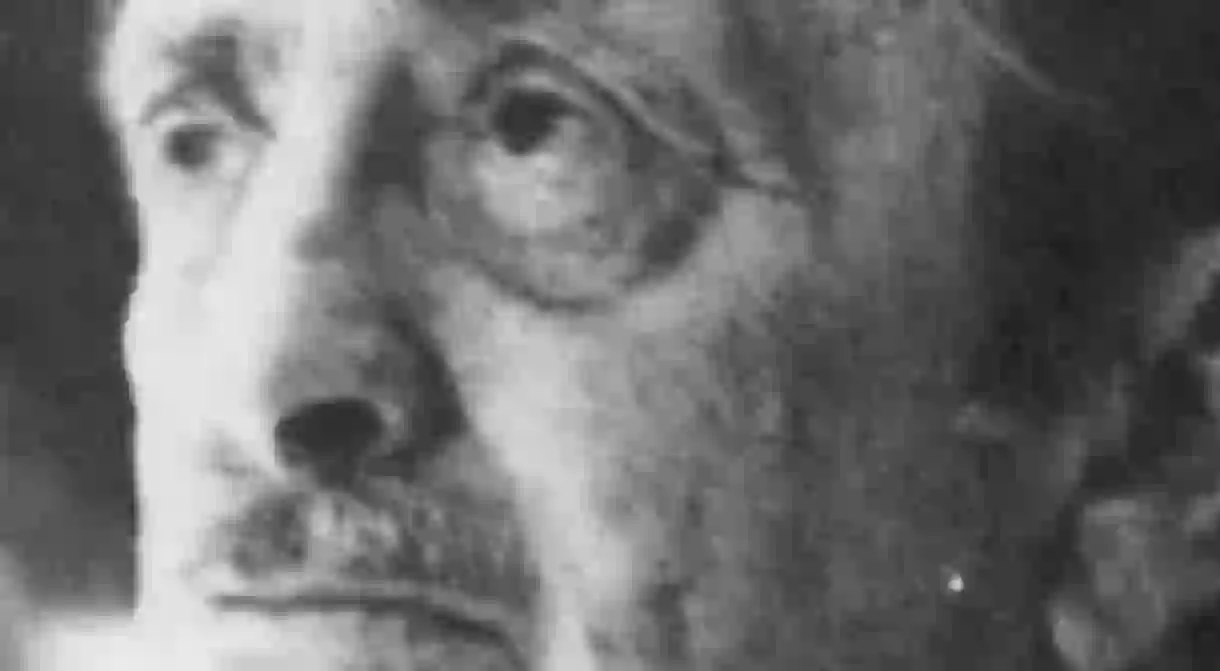John Fante: A Real American Writer

John Fante channeled his emotions of growing up marginalized in America and pursuing his dream to become a writer in Depression-era Los Angeles through his alter ego Arturo Bandini. We explore how Fante’s life informed his fiction and how Bandini’s will to succeed kept Fante writing until the end.

John Fante was an early 20th century American novelist, short story writer and screenwriter of Italian descent. Considered the precursor to dirty realism and a major influence on writer Charles Bukowski, Fante’s narratives focus on Catholicism, American identity, poverty and the writer’s life. His style of prose is unadorned, and his dialogue is colloquial. He described his writing as ‘something like auto-biography.’
Fante was born April 8, 1909 in Denver, Colorado to Nicola Fante and Mary Capulongo. His father was from Torricella Peligna in the Abruzzo region of Italy. Nicola Fante was a bricklayer and stonemason, who drank and gambled to excess, leaving the Fante family to experience bouts of poverty. His mother, a devout Catholic of Italian descent, was born in Chicago, Illinois.
Fante’s best-known work is Ask the Dust. The main protagonist is Arturo Bandini, Fante’s alter ego, a poor American writer of Italian descent trying to make it in Los Angeles, while grappling with the prejudices that are inflicted both upon and by him. Filmmaker Robert Towne described Ask the Dust as ‘The greatest novel ever written about Los Angeles.’ Towne directed the 2006 film adaptation of the novel.

While growing up, Fante attended various Catholic schools in Denver. He was one of four children and had two brothers and a sister. Fante’s childhood in Denver was the inspiration for Wait Until Spring, Bandini published in 1938. It is the first of four books referred to as The Bandini Quartet (aka The Saga of Arturo Bandini). Wait Until Spring, Bandini expresses the shame Bandini internalized as an Italian growing up in Colorado, where kids at school would often call him racial slurs. This deep-seated wound follows Bandini throughout the novel series.
Fante briefly attended the University of Colorado before dropping out. His father left his mother and went to Roseville, California. In 1929, Fante moved to the Los Angeles Harbor area with his mother and siblings. He worked odd jobs – from a hotel clerk to a dockworker — to provide for his family, while still pursuing writing. His experiences provided the material for his first written novel, the second in The Bandini Quartet, entitled The Road to Los Angeles. The novel features Bandini, after his father’s death, working to support his family in a fishing cannery in the Los Angeles Harbor Region while also trying to become a famous writer. The novel was rejected by publishing houses, and it wasn’t until after the author’s death that it was published in 1985.
Fante’s father later reconciled with his mother, and they all moved north of Los Angeles. Fante moved to Long Beach and attended Long Beach City College for a time. His most notable residence was in Bunker Hill, Los Angeles. Just like Bandini in Ask the Dust, the third novel in The Bandini Quartet, Fante stayed in a hotel on Bunker Hill in the early ‘30s. He wrote stories for The American Mercury, edited by H.L. Mencken, who Fante admired immensely. In the novel, Bandini falls in love with a waitress named Camilla Lopez. The two have a love/hate relationship; they admire each other, but simultaneously feel frustrated with their own marginalized statuses, causing them to spit prejudices at each other. Bandini eventually acknowledges that his words towards Camilla were borne from his own unhealed childhood wounds.

In 1937, Fante married Joyce Smart, with whom he had four children. His son Dan Fante followed in his father’s footsteps and became a writer. The elder Fante eventually also began a screenwriting career with the adaptation of his 1956 novel Full of Life. Fante asked his mentor H.L. Mencken in a letter what to do about being offered to write for the movies, as he felt that it wasn’t ‘real writing.’ Mencken replied, ‘Take the money,’ so Fante wrote more screenplays and earned a decent living from it to support his family.
In 1940, Charles Bukowski discovered Fante in the Los Angeles Central Library. He read Ask the Dust and declared, ‘Fante was my god.’ Bukowski followed in Fante’s footsteps by writing several semi-autobiographical works with an alter-ego protagonist named Henry Chinaski. Bukowksi met Fante in the late ‘70s and wrote a fictionalized account of the meeting in the short story entitled, ‘I Meet the Master,’ which appears in the collection Portions From a Wine-Stained Notebook. By that time, Fante was out of print and Bukowski asked Black Sparrow Press to reprint Ask the Dust, which they did.
Near the end of his life, Fante lost his eyesight and had both legs amputated from diabetes. He dictated his last novel, part four of The Bandini Quartet, to his wife. Dreams From Bunker Hill was published in 1982. The novel focused on Bandini working as a screenwriter in Hollywood but never seeing himself as anything but a fiction writer. Fante died on May 8th, 1983 at the age of 74 in Los Angeles, California.
To learn more about Fante, check out the 2001 documentary “A Sad Flower in the Sand” on YouTube.













